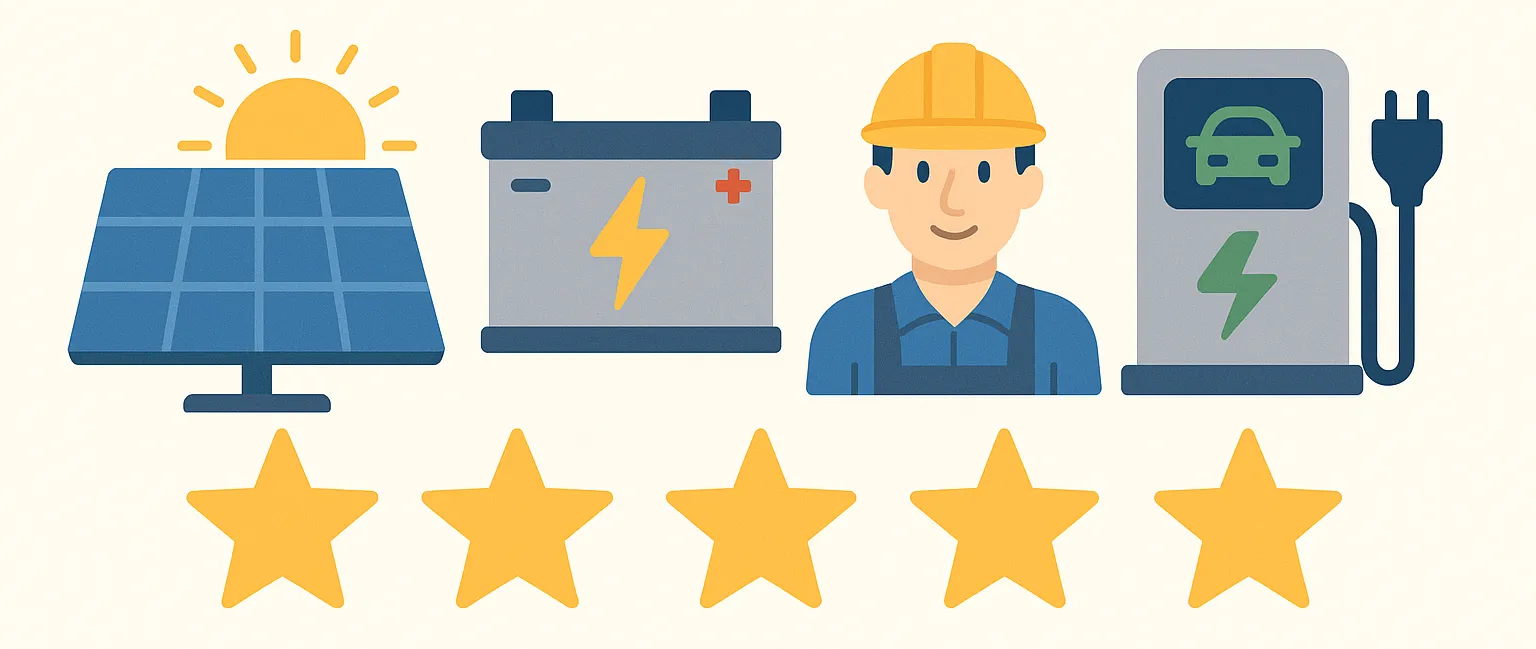Local company Volt is bringing to Australia the world’s first solar tile that can generate the equivalent energy as a standard solar panel, writes Chris Ryan.
An electrician by trade, Peter Leeson has worked in the renewables space since 2008. He has done everything from installing solar panels to developing solar farms with Leeson Group, where he is managing director.
“In 2014, I pulled back from commercial and residential solar to focus on solar farm development,” he tells EcoGeneration. “We’ve successfully developed more than 150MW of solar farms.”
Despite his success with solar farms, Leeson still has an itch to scratch in the commercial and residential space.
“When we were drilling holes in roof tiles and putting bolts into roofs, and the mounting systems were bulky, and it was taking two to three days to install a solar panel system, it just didn’t make sense to me,” he says.
“In 15 to 20 years, we’re going to look back and laugh that we would go to an existing home with roof tiles and take out all the tiles, flip them upside down, grind them out, get silica dust all over us, flip them back over, put a bracket underneath, screw it to the roof, leave a hole where water gets in, put on a mounting system and bolt on these big panels.”
When Leeson puts it like that, a solar tile seems a necessary fix, but it hasn’t been a quick one.
“During the past eight years, I’ve been refining this product, waiting for the right time to fund it off our balance sheet, but also the right time in the market with the right design and the right cell technology,” he says.
“Ultimately, our design is very simple. It’s aluminium extrusions and glass, but to make an extrusion fit a moulded roof tile – that’s been the big technical barrier.
“How do you get four different extrusions to align perfectly, have all these different gutters and interlocks that a roofing product has so it doesn’t leak, but that fits within a solar tile and is low cost?”
Leeson has an answer in Volt solar tiles. Using metal-wrap-through (MWT) cell technology and a busbar-free design to increase the efficiency of solar cells, Volt solar tiles are streamlined but sturdy, with a safe, built-in interlocking cable containment system.
The Volt Planum and Lodge solar tiles generate the equivalent amount of energy as a standard solar panel – a world first. The 115W MWT mono PERC Planum module has 18.8 per cent solar efficiency, and the Volt Lodge solar tile 105W MWT mono PERC Lodge module has a solar efficiency of 19.4 per cent. A 5kW Volt system will cost $12,000 fully installed after small-scale technology certificates (STC) rebates.
“If you’ve got a home, whether you want to go with standard solar panels or solar tiles, it is a choice of aesthetics,” says Leeson. “It’s a matter of looking at that home and saying, ‘Do I want to see those big solar panels, or do I want to see these beautiful solar tiles?’”
Getting those beautiful solar tiles onto the most enthusiastic homebuyer’s house can be a challenge – something Leeson is more than aware of.
“Tesla manufactured solar tiles and a roof, but their biggest mistake was thinking they could be a roof manufacturer,” he says. “They’re not. They make solar products – batteries and electric vehicles. The roofing industry is completely different.

“You can’t sell a solar tile roof to a homeowner. You can make them aware of the product so they request it off a builder, but ultimately a builder provides that product.
“Builders are very selective about what products they will and won’t use because if the roof leaks, they’ve got big problems with the home they’re building. They need trusted partners who have been around for a long time and know how to make roofs.”
Volt has linked with Bristile Roofing as its roofing partner in Australia. La Escandella, the world’s largest terracotta roof tile manufacturer, is Volt’s distributor outside of Australia.
Bristile Roofing has a significant market share for new home roofing products in Australia, and La Escandella distributes roof tiles for more than 50,000 homes per year, giving Volt an initial potential market of 250MW annually.
“Bristile knows every volume builder and architect in the country,” says Leeson. “They’ve approved our product and will sign off on it as part of the roof.”
Leeson sees the “mum and dad” market for solar diminishing, but he’s confident the construction sector will soar. The 2023 National Construction Code commences in May and will go through a transition period until October, and it includes a whole-of-home energy budget. The budget will assess the energy efficiency of a home’s major appliances and any onsite renewable energy system.
Leeson predicts an increase in new homes being built with solar in Australia from 10-20 per cent to 80-90 per cent under the National Construction Code, and he’s ready to capitalise.
“We’ve met with a lot of volume builders in Australia, and they’re saying they want to be first to market with Volt,” he says.
Volt Solar Tiles website volt-tile.com
News item provided courtesy of Ecogeneration - www.ecogeneration.com.au
